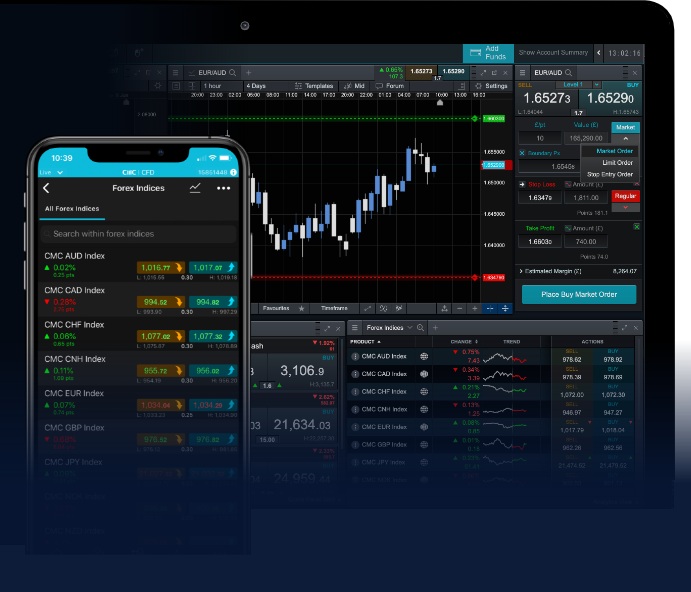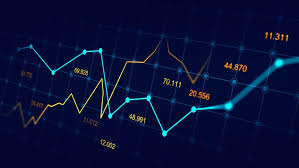
In recent years, automatic forex trading has captured the attention of both novice and experienced traders alike. This transformative approach utilizes advanced algorithms and automated systems to facilitate trading in the foreign exchange market. One significant platform that plays a crucial role in this landscape is automatic forex trading latam-webtrading.com, providing traders with essential tools and resources to make informed decisions.
Understanding Automatic Forex Trading
Automatic forex trading, often referred to as algorithmic trading or automated trading, involves the use of computer programs to execute trades in financial markets. These programs analyze market data, make trades, and manage positions according to predefined strategies set by the trader. This method eliminates emotional decision-making, a common pitfall for many traders.
The Evolution of Forex Trading
The foreign exchange market, the world’s largest financial market, operates 24 hours a day, five days a week. Traditionally, forex trading required a trader to be physically present or constantly monitor the market for opportunities. However, with the advent of technology, particularly in the last two decades, the way forex trading is conducted has drastically changed.
Rise of Algorithmic Trading
Algorithmic trading started gaining momentum in the 1970s with the introduction of electronic trading platforms. By the 1990s, technology had advanced to the point where individual traders could use automated systems to trade currencies. As internet connectivity improved, so did the accessibility of trading platforms, allowing more people to participate in trading activities.
Benefits of Automatic Forex Trading
There are numerous advantages to adopting automatic forex trading methods:
1. Speed and Efficiency
Automated trading systems can process vast amounts of data quickly and execute trades within milliseconds. This speed can be crucial in the forex market, where currency prices fluctuate rapidly.
2. Emotionless Trading
One of the significant pitfalls in trading is the influence of emotions. Automated systems adhere strictly to pre-defined rules, eliminating emotional biases such as fear and greed. This leads to more rational decision-making.
3. Backtesting Capabilities
Traders can simulate their strategies using historical data through backtesting before deploying them in live markets. This feature helps in validating the effectiveness of a trading strategy.
4. 24/7 Availability
Trading can be conducted around the clock without the need for continuous human oversight. Automated systems can monitor price movements and execute trades even when the trader is not available.
5. Diversification
Automatic trading allows traders to manage multiple accounts and strategies simultaneously, helping to spread risk across different currency pairs and increase the potential for profits.
How to Get Started with Automatic Forex Trading
If you’re interested in automatic forex trading, here are some steps to consider:

1. Choose a Reputable Broker
Selecting a reliable broker is essential. Look for brokers that offer platforms suitable for automated trading, such as MetaTrader 4 or MetaTrader 5. Review their fees, spreads, and execution speeds.
2. Educate Yourself
Understand the essentials of forex trading and automated strategies. Numerous online resources, including webinars, eBooks, and courses, can help you gain the necessary knowledge.
3. Develop a Trading Strategy
Your trading strategy should define your risk tolerance, target currencies, and the indicators you plan to use. The strategy will inform the rules that the automated system will follow.
4. Use Demo Accounts
Practice your automated trading strategies using a demo account before trading with real money. This will allow you to refine your approach without the risk of losing your investment.
5. Monitor and Adjust
Even though the trading is automated, regular monitoring is essential. Markets evolve, and strategies may require adjustment based on changes in market conditions.
Challenges of Automatic Forex Trading
While automatic forex trading presents numerous opportunities, it is not without its challenges:
1. Technical Issues
Automated trading relies heavily on technology. Issues such as software bugs, connectivity problems, and platform outages can negatively affect performance.
2. Strategy Limitations
No strategy guarantees success. A poor trading strategy can lead to significant losses, and past performance is not necessarily indicative of future results.
3. Over-Optimization
Traders may fall into the trap of over-optimizing their strategies based solely on historical data. This practice can lead to poor performance in live trading scenarios.
The Future of Automatic Forex Trading
As technology continues to advance, the realm of automatic forex trading is expected to evolve further. Artificial intelligence and machine learning are beginning to play vital roles in developing more sophisticated trading algorithms. These advancements will likely increase efficiency, allowing traders to capitalize on market opportunities like never before.
Conclusion
Automatic forex trading is reshaping how traders interact with the financial markets. By leveraging technology, traders can enhance their performance and make more informed decisions. As the landscape continues to evolve, understanding both the benefits and challenges of this approach is crucial for anyone looking to succeed in the forex market.





發表迴響
抱歉,你必須要登入才能發表迴響喔!